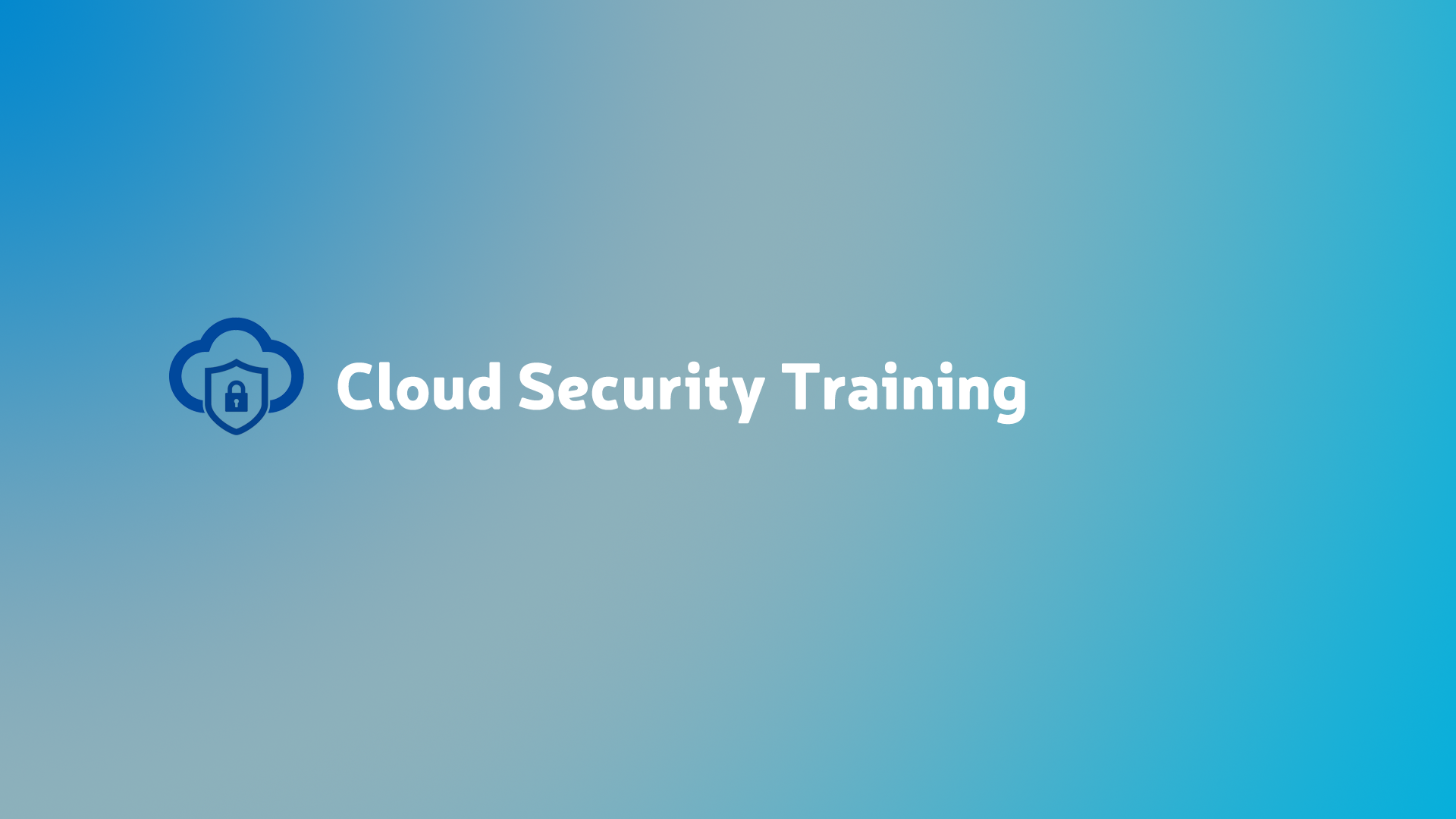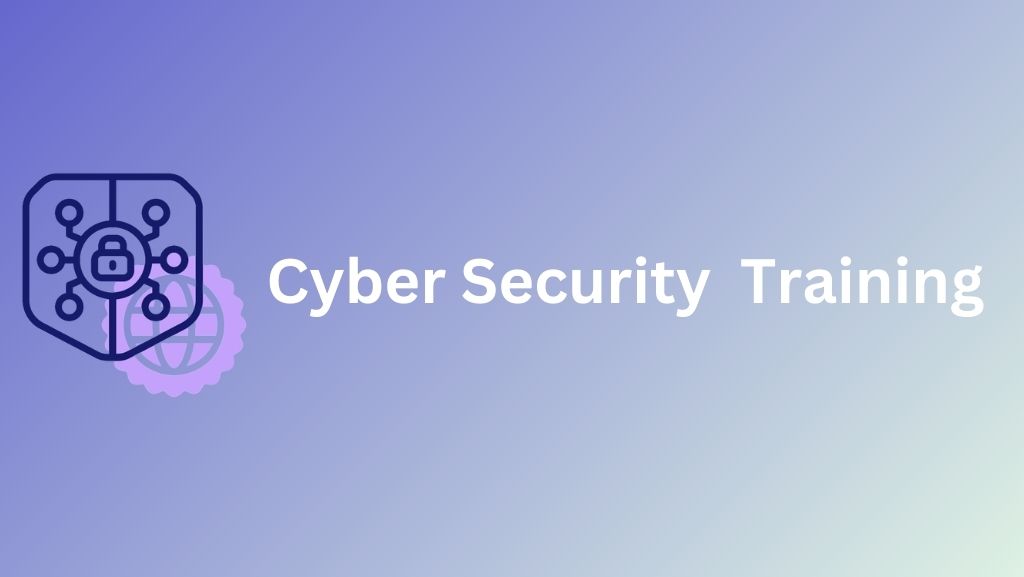Upcoming Batches for Network Security
Not compatible with the above dates?
Network Security Course Details
We provide a range of Network Security courses that are customized to meet your needs, regardless of your level of experience. We have carefully selected our Network Security courses from leading academic institutions and business leaders to ensure that everyone may benefit from high-quality instruction, from corporate teams wishing to upskill to lone learners seeking personal improvement. These Network Security courses may be an invaluable tool for anyone looking to progress their careers, gain new skills, or even change careers. Sign up for a network security course in ZX Academy right now to advance your career!
You will become familiar with basic to advanced ideas in Network Security training. In this tech-driven environment, you will gain knowledge about and comprehension of cyber security. The definition of a network and a detailed understanding of the reference model will then be clear to you. Different forms of network security attacks are covered along with network security.
In the next sections of this course, you will learn about numerous tools, protocols, weaknesses in networks, and remedies. Network engineering best practices, network security certifications, and network security best practices for business will all be covered in the final section. Get a complimentary certificate of accomplishment for the network security course by completing the training.
Through ZX Academy's Best Network Security Training, you can learn advanced Network security techniques and obtain a certificate of achievement.
Highlights
- We prepare our students for job interviews and offer placements in business settings.
- Perfect for those with degrees in B. Tech, B.E, or B.Sc. IT or other computer-related field and 0–3 years of experience
- You will learn about networking and advanced tools, as well as industry best practices, aptitude, and soft skills.
- Skilled Instructors and Lab Facility Networking Professional Certification Assistance Assistance with Test-Dumps
- We serve as a one-stop partner for corporate hiring. We offer appropriately qualified candidates who start producing straight away.
- CV and interviews Network and System Devices, Firewalls, Packet-Filtering Firewall, Circuit-Level Gateway, IP spoofing, DNS transfer, State full Inspection Firewall, Network Policy, Network Monitoring/Diagnostic, RMON are some of the concepts covered in the preparation support.
What will you learn in training?
- To comprehend the underlying ideas, dangers, and different kinds of cyberattacks.
- Investigating the best practices and security frameworks for protecting data and digital assets.
- To become knowledgeable about network security, including firewall configurations, vulnerability assessments, and network scanning methods.
- Recognizing the principles, applications, and use of intrusion detection and prevention systems (IDS/IPS) and honeypots.
- learning the fundamentals of user and group management, access restrictions, and hardening methods for protecting common operating systems like Windows and Linux.
- You can become knowledgeable about Public Key Infrastructure (PKI), cryptographic methods, and encryption algorithms for safe communication.
- Learn how to identify typical cyberthreats, comprehend phishing, malware, and social engineering, and become knowledgeable about digital forensics and incident response methods.
- To Gain knowledge of penetration testing approaches, post-exploitation strategies, scanning, exploitation, and reconnaissance methods using key tools like Kali Linux and Metasploit.
- To learn about security standards, policies, and practices as well as security risk assessment, incident response, and compliance frameworks.
- To gain knowledge of web development and web application security, including architecture, typical vulnerabilities, secure coding practices, and tools for scanning and assessment.
Who should take this training?
Protecting systems, networks, and software from online attacks is known as network security. Many times, the goals of these attacks are to extort money from users, access, change, or remove private data, or interfere with regular business operations. Applications, systems, and networks are protected from online threats with the use of this approach. Providers of this technology include IBM, Cisco, Symantec, and McAfee. They provide a variety of services and products, including intrusion detection systems, firewalls, antivirus software, and encryption solutions.
The following list includes several occupations that can acquire knowledge in cyber security:
- Everyone seeking to advance their careers with POSTGRE SQL education.
- Cloud Engineer
- Penetration Tester
- SOC Analyst
- Systems Administrator
- DevOps Software Developer
- Fresh graduates
What are the prerequisites for taking training?
Our Network Security Training at ZX Academy is meant to be a self-contained learning experience; we will teach you everything from the beginning. However, if you already have a basic understanding of networking, Linux, and wireless technologies, you will get more out of the course and finish it faster.
Why should you go for training?
Cyber Attacks, Identity & Access Management, Cryptography, Network Security, Data & Endpoint Security Cybersecurity includes subjects like Application Security and Cyber Attacks. After completing this course, participants will be equipped with the skills and information needed to protect their company from cyberattacks. Network security is the most unique technology on the market today since it is a leader in mitigating digital threats.
It is the best choice for any industry because of the following reasons:
- It helps shield computer systems and data from online dangers and recovers them.
- boosts output.
- enhanced administration of data.
Salary Trends:
Network security engineers in India make, on average, ₹7,45,647 annually. For a Network Security Engineer in India, the range of additional monetary compensation is between ₹52,449 and ₹1,21,841, with an average of ₹82,063.Are you excited about this?
Network Security Curriculum
Types of Networks
Major Network Topologies
Repeater
Hub
Switches
Router
Bridges
Gateways
Standard Network Models: TCP/IP Model
Comparing OSI and TCP/IP
DNS Packet Format
Transmission Control Protocol (TCP)
TCP Header Format
TCP Services
TCP Operation
Three-way handshake
User Datagram Protocol (UDP)
UDP Operation
IP Header
IP Header: Protocol Field
What is Internet Protocol v6 (IPv6)?
IPv6 Header
Internet Control Message Protocol (ICMP)
Format of an ICMP Message
Address Resolution Protocol (ARP)
ARP Packet Format
Ethernet
Fiber Distributed Data Interface (FDDI)
Token Ring
IP Addressing
Classful IP Addressing
Address Classes
Reserved IP Address
Subnet Masking
Subnetting
Supernetting
IPv6 Addressing
Difference between IPv4 and IPv6
Configuring static and dynamic IP in windows and linux
IPv4 compatible IPv6 Address
Installing windows in Vmware
Basic Windows Commands -> assoc,chkntfs,call,break,color,endlocal,clip,icacls,label,ping,mkdir,verify,wmic,compact,chkdsk,cipher
Understanding the Architecture of Linux
Installing Linux in Vmware
Installing kali Linux in virtual Environment
Most useful and powerful commands of Linux -> Shred , more , head,less,dig,ssh,ps ,fg ,grep,sed,awk,cut,gzip,chmod,rm , netstat,lsof.
Pillars of Security
Basic terminologies in security
Hackers and their types
Teams in Cybersecurity
Phases of hacking
Introduction to Cyber threat intelligence
Introduction to Threat Modelling
Ping Sweep (Hands-On using nmap)
ICMP Scanning (Hands-On using nmap)
DNS Footprinting (Hands-On using nmap)
Network Range Discovery (Hands-On arp-scan , nmap)
Network Topology Identification
Network Information Extraction using Nmap Scan (Hands-On)
Port Scanning (Hands-On using nmap)
Network Sniffing using wireshark and tcpdump(Hands-On)
How an Attacker Hacks the Network Using Sniffers
Reconnaissance Attacks: Social Engineering Attacks using SEtoolkit
Password Attack Techniques
Dictionary Attack
Brute Forcing Attacks
Hybrid Attack
Birthday Attack
Rainbow Table Attack
Man-in-the-Middle Attack
Replay Attack
Smurf Attack
Spam and Spim
Xmas Attack
Pharming
Privilege Escalation (Hands On)
DNS Poisoning (hands on lab creation in linux)
DNS Cache Poisoning (Hands on in ubuntu)
ARP Poisoning
DHCP Starvation Attacks (Hands On using yersinia)
DHCP Spoofing Attack (Hands on using own dhcp server)
Switch Port Stealing
Spoofing Attacks
MAC Spoofing/Duplicating (Hands on using MAC changer)
Denial of Service (DoS) Attacks (Hands On using script)
Distributed Denial-of-Service Attack (DDoS) (Creating a C2)
Malware Attacks (Hands On)
Steps to create and Implement security policy
Various policies in Enterprise
Network security protocols
IPSec
SSL/TLS
Kerberos
SNMPv3
SSH
PPTP
L2TP
Network Security Controls
Access Control Principles
Access Control System: Administrative Access Control
Access Control System: Physical Access Controls
Access Control System: Technical Access Control
Discretionary Access Control
Mandatory Access Control
Role based access control
Configuring NAC Packet Fence (Hands-On)
Firewalls
DMZ
VPN
IDS
IPS
Advantages of using Network Protocol Analyzer
Network Protocol Analyzer Tool like Wireshark and TCP Dump (Hands on)
Internet Content Filters
Integrated Network Security Hardware
Network Layer
Application Layer
Data Link Layer
What Firewall does
Types of Firewall
How Firewall Works
Firewall rules (Hands on)
Configuring pfsense firewall (Hands on)
Firewall Topologies
Anti-Evasion Techniques
Why are Firewalls bypassed
IDS/IPS
IDS Function in Network Defense
Working of IDS
Components of IDS
Types of alerts
Types of implementations
Configuring Snort (Hands-On)
IPS working
How it is Different from IDS
Types of IPS
Antivirus
Understanding the Working of Antivirus
Bypassing Antivirus techniques (Hands on)
Endpoint Detection and Response
What is EDR?
How EDR works
Configuring EDR velociraptor (Hands-On)
Introduction to XDR
VPN Configuration and Management
What is VPN?
Configuring VPN functionality of your router. (Hands On)
Working of VPN
Why to use VPN?
VPN Components
VPN Types
Common Flaws in VPN
VPN Security
Network Traffic Signatures
Using Packet sniffer : Wireshark and tcpdump (hands on)
Detecting OS Fingerprinting Attempts
Detecting Passive OS Fingerprinting Attempts
Detecting Active OS Fingerprinting Attempts
· Detecting ICMP Based OS Fingerprinting
· Detecting TCP Based OS Fingerprinting
Examine Nmap Process for OS Fingerprinting
Detecting PING Sweep Attempt
Detecting ARP Sweep/ ARP Scan Attempt
Detecting TCP Scan Attempt
· TCP Half Open/ Stealth Scan Attempt
· TCP Full Connect Scan
· TCP Null Scan Attempt
· TCP Xmas Scan Attempt
Detecting SYN/FIN DDOS Attempt
Detecting UDP Scan Attempt
Detecting Password Cracking Attempts
Detecting FTP Password Cracking Attempts
Detecting Sniffing (MITM) Attempts
Detecting the Mac Flooding Attempt
Detecting the ARP Poisoning Attempt
Pillars of Zero trust network
Architecture of zero trust network
Application Deployment
Wireless Networks
• Advantages of Wireless Networks
• Disadvantages of Wireless Networks
Wireless Standard
Wireless Topologies
Components of Wireless Network
• Access Point
• Wireless Cards (NIC)
• Wireless Modem
• Wireless Bridge
• Wireless Repeater
• Wireless Router
• Wireless Gateways
• Wireless USB Adapter
WEP (Wired Equivalent Privacy) Encryption
WPA (Wi-Fi Protected Access) Encryption
WPA2 Encryption
WEP vs. WPA vs. WPA2
Wi-Fi Authentication Method
• Open System Authentication
• Shared Key Authentication
Like the curriculum?
Projects on Network Security
Projects for Network Security
The procedures and guidelines put in place to stop and keep an eye on unwanted access make up network security.
App for Safe Folder
The folders in this project can be added, removed, or renamed.
Project Resources
Network Security Certification

Get certification or Get ahead with Zx Academy’s Certification or
Faq’s for Network Security
Reviews
Liliya




